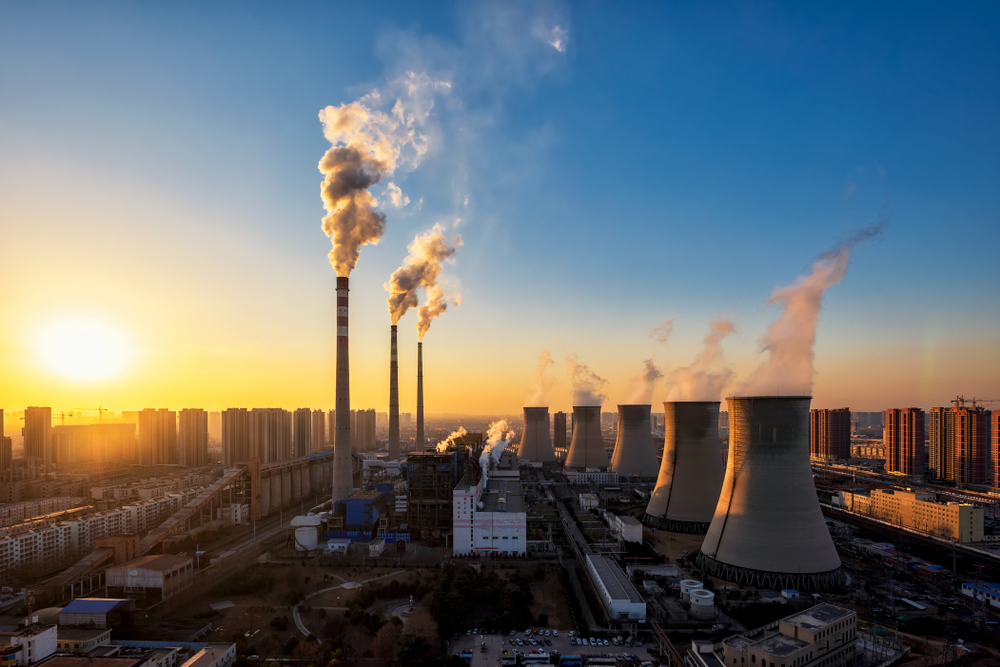China, the world’s economic giant, is on the verge of a watershed moment in its environmental history. After decades of rapid development and skyrocketing emissions, signs point to a near-term peak in carbon output, providing hope for global climate efforts.
According to the Center for Research on Energy and Clean Air (CERA), “China’s emissions may have peaked in 2023,” citing a systemic economic slowdown and the rise of renewable energy sources as the main drivers of this trend. This reduction is consistent with estimates by the International Energy Agency, highlighting China’s significant impact on global greenhouse gas emissions.
However, China’s position on the precise timing of its emissions peak remains debatable. Despite nudges to bring the aim closer to 2025, Beijing’s cautious approach, anchored in bureaucratic culture and domestic concerns, has thus far resisted committing to quick changes.
Getting to know Beijing’s climate commitments
China’s revised vow in the Paris Agreement to achieve carbon peaking by 2030 suggests a shift, but Beijing’s reluctance to name an earlier target year illustrates Beijing’s measured approach. Policymakers must confront this coming peak while leading the country toward successful management solutions.
Chinese climate ambassador Xie Zhenhua signaled intentions to define emission peak specifics at global forums such as COP28, indicating a shifting posture. Recent agreements include terms like “post-peaking,” indicating a growing acceptance of the impending tipping point in Chinese official documents.
Looking beyond the peak: China’s climate goals for 2035
China’s next climate promises, due as part of the Paris Agreement’s criteria, will outline the country’s route to 2035, laying the groundwork for the larger goal of reaching Net Zero by 2060. These pledges serve as a road plan for long-term development, marking a shift away from fossil fuels.
China’s advances in renewable energy, electric vehicles, and battery technology stand out as crucial elements in this pivotal transformation. Bloomberg New Energy Finance forecasts a tripling of renewable energy installations by the end of the decade, a critical step toward weaning China off its reliance on coal.
China’s contribution to global decarbonization
As China navigates this vital period, optimism for long-term growth and significant carbon reductions grows. The country’s ability to link decarbonization and economic development is a ray of hope for global climate action.
The task ahead is enormous, but China’s propensity to defy expectations in societal and economic transitions gives reason for optimism. If the rapid transition to a low-carbon energy model continues, it has the potential to link economic prosperity with environmental care.
A post-peaking world
The impending peak in China’s emissions serves as a foreshadowing milestone, but the essential meaning rests in the combined worldwide effort to reduce emissions as quickly as possible. It advocates for a radical move away from fossil fuels, repeating the COP28 goals for a better future that prioritizes sustainability.
In the middle of this critical crossroads, the globe welcomes the arrival of a post-peaking period, in which nations come together to construct a world driven by renewable energy and a commitment to a greener tomorrow.












